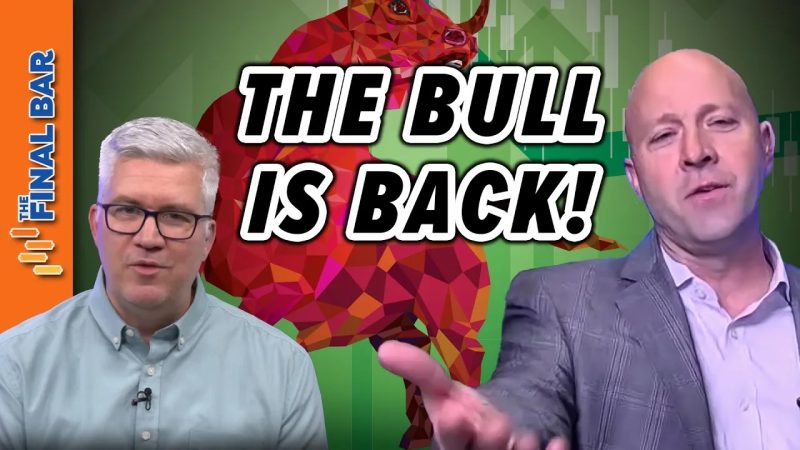
Resilient Bulls Bounce Back Following Market Plunge!
Market fluctuations are not a new phenomenon, reflecting the ever-changing nature of financial markets worldwide. One notable aspect of these variations is the bullish rebound following a considerable market selloff. The cyclical nature of financial markets often attracts buyers when prices plunge, causing substantial shifts in marketplace dynamics.
To comprehend this financial trend, it’s crucial first to understand the terms ‘bullish’ and ‘selloff.’ A ‘bullish’ market refers to a financial market scenario wherein prices are predicted to rise or are already rising. On the other hand, a ‘selloff’ is a situation where a sizable chunk of assets, like stocks, bonds, or other securities, is disposed of resulting in a rapid drop in prices.
A significant attribute of the financial market is its resilience. In situations where a market selloff occurs, it could be noted that bullish buyers often return, thus creating a cycle. The main driving force behind this trend is the attractive drop in price of stocks or other financial assets after a selloff. This trend, often termed as ‘buying the dip,’ is rooted in the principle of buying low and selling high.
Once a market selloff occurs, assets become more affordable and present a favorable opportunity for investors to buy. Market watchers and opportunistic buyers perceive this as the perfect time to purchase shares at a bargain. They believe the value of these assets will inevitably rebound, eyeing potential gains when the market recovers.
Moreover, this trend is underpinned by investor psychology. The fear of missing out, fortunately, or unfortunately, plays a significant role in investors’ choice to jump in post-selloff. As human beings, our cognition is wired with a risk-reward mechanism, which stokes our interest when an investment risk looks outweighed by potential rewards.
It is also important to acknowledge the role market indicators play. Astute investors often follow indicators and market-watch tools to forecast market trends. These indicators can signal a potential bullish rebound after a considerable market selloff. It serves as a tool for investors to gauge when it might be an optimal time to re-enter the market.
While this phenomenon suggests that the market will always bounce back, it is important to remember that investing always comes with inherently associated risks. The bullish rebound is not a guaranteed event following a market selloff, as market trends are influenced by numerous unpredictable factors, such as political instability, sociocultural shifts, and sudden global crises.
In conclusion,
